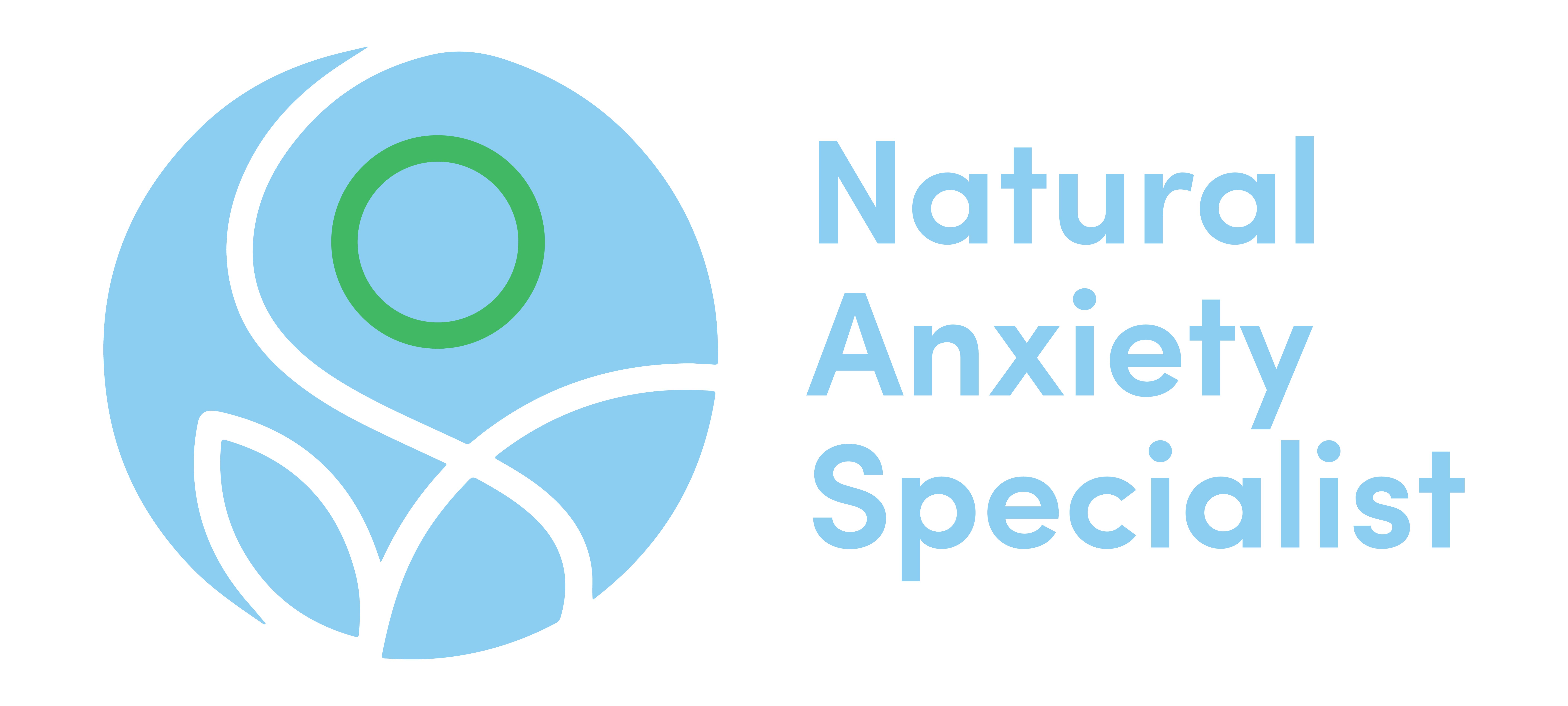Anxiety Symptoms

Anxiety Symptoms can vary from person to person. In this post we will outline and explain these symptoms so that you can understand if you are an anxiety sufferer, or if someone close to you is suffering from anxiety. This post on What is Anxiety provides more background information. We also have information on Anxiety testing which might also help you.
Can you Self Diagnose?
Anxiety is easy to identify and is usually self-diagnosed. When anxiety develops over time it can be a loved one or friend that identifies that things are not ‘right’. Usually you will know in yourself that you worry excessively and expect the worst from future situations (known as catastrophising). Once you have identified that you suffer from anxiety, it’s important to get help as treatments are effective. More about that here.
Anxiety or Fear?
It is common to confuse anxiety and fear. The way to understand them is that Anxiety is a worry about future events and fear is a reaction to current events. It is a subtle distinction but an important one. Both these feelings may cause physical symptoms, such as trembling and a fast heart rate.
How Prevalent is Anxiety?
At present 40% of disability worldwide is due to depression and anxiety1
Anxiety disorders are the most common mental illness in the U.S., affecting 40 million adults in the United States age 18 and older, or 18.1% of the population every year.2 Approximately 14% of Australians will be affected by an anxiety disorder in any 12-month period3 and in 2013, there were 8.2 million cases of anxiety in the UK.4
Anxiety Types
Let’s start by identifying different types of anxiety and some diagnoses and terms you may be familiar with. The most common form of anxiety is called General Anxiety Disorder or GAD. Medically it is defined as
an anxiety disorder marked by chronic excessive anxiety and worry that is difficult to control, causes distress or impairment in daily functioning, and is accompanied by three or more associated symptoms (as restlessness, irritability, poor concentration, and sleep disturbances).
Other types of anxiety are as follows:
- General anxiety disorder (GAD)
- Panic disorder
- Social anxiety disorder
- Major depressive disorder
- Phobic disorders
- Obsessive-compulsive disorder (OCD)
- Post-traumatic stress disorder (PTSD)
- Separation anxiety disorder
Of all of the anxiety disorders, GAD is the most common, and anxiety can sometimes come hand in hand with depression.
We will talk more about some of the different types of anxiety disorders, such as Social Anxiety Disorder and Panic Disorder or Panic Attacks in other posts but in this post we want to concentrate on symptoms.
Anxiety Symptoms
Anxiety symptoms can be broad and varied but often include the following:
| Physical | Behavioural | Psychological |
|---|---|---|
| Palpitations | Restlessness | Feeling on edge |
| Shortness of breath | Poor Concentration | Racing or unwanted |
| Sweaty palms | Hypervigilance | Excessive worry |
| Tightness of the chest | Feeling edgy or irritable | Feeling something bad will happen |
| Rapid breathing | Hypervigilance | |
| Fatigue | Fear Catastrophising | |
| Nausea | ||
| Insomnia |
The Physiological background to Anxiety
When you are feeling anxious you can have physical symptoms such as sweaty palms, racing heart and trembling. These symptoms are actually real because they are actually caused by the effects of hormones in your body that are part of your flight and fight response. This flight or fright response exists to save us from sudden danger and involves certain chemicals being released in your body so that you can run from imminent danger. The idea is that this sudden chemical release takes blood to where you will need it to be able to run- such as your heart and limbs, and away from functions such as digestion. So you can imagine how you can suddenly feel racy, sweaty and experience palpitations as you are being physically prepared to save yourself by running; and conversely how you will feel nauseous as the blood supply supporting digestion has been reduced.
The triggers for this very real physical response are contained in your thoughts which send a message to cause the physical body to feel unsafe. It’s important to understand that this can be treated effectively by a psychological route as anxiety often starts at the conscious thought level. However, in a recent study researchers identified that the gut actually responded to a potential sense of danger and activated a stress response in the body before the individual was conscious of it. The main take out here is that the anxiety and stress physiology is complex and multi layered which is why an integrated methodology to heal anxiety is important. It isn’t effective to work on the mind, or the body on its own.
The Mind/Body Connection:
At the Natural Anxiety Specialist we are experts at the mind/body connection in relationship to your anxiety issues. When anxiety is chronic it affects the way systems in our body function and conversely, if there is an imbalance in the physical body it can cause anxiety to be a symptom. For treatment to be successful, it is essential that you are treated as a whole person taking emotional, psychological and physical aspects into account.
What Can I do About My Anxiety?
There are many things that you can do. Firstly download our free anxiety reduction e-book and take a look at our online programs. If you often feel stressed and anxious and want to reduce your anxiety naturally, without medication, browse our resources. We are an integrative clinic both online and in person, using a multi disciplinary approach encompassing Physical wellbeing, Diet and Nutrition, Counselling, Homeopathy, Exercise and Lifestyle approaches and techniques to eliminate chronic anxiety from your life naturally.
Our aim is to equip you with tools so that if your anxiety returns later in your life you will be able to treat it using the methods you have learnt from us.
1WHO (2002), The Global Burden of Disease.
2https://adaa.org/about-adaa/press-room/facts-statistics Accessed 4/10/17
3http://www.mindframe-media.info/for-mental-health-and-suicide-prevention/talking-to-media-about-mental-illness/facts-and-stats Accessed 4/10/17
4https://www.mentalhealth.org.uk/statistics/mental-health-statistics-anxiety Accessed 4/10/17


0 comments
Leave a comment
Please log in or register to post a comment